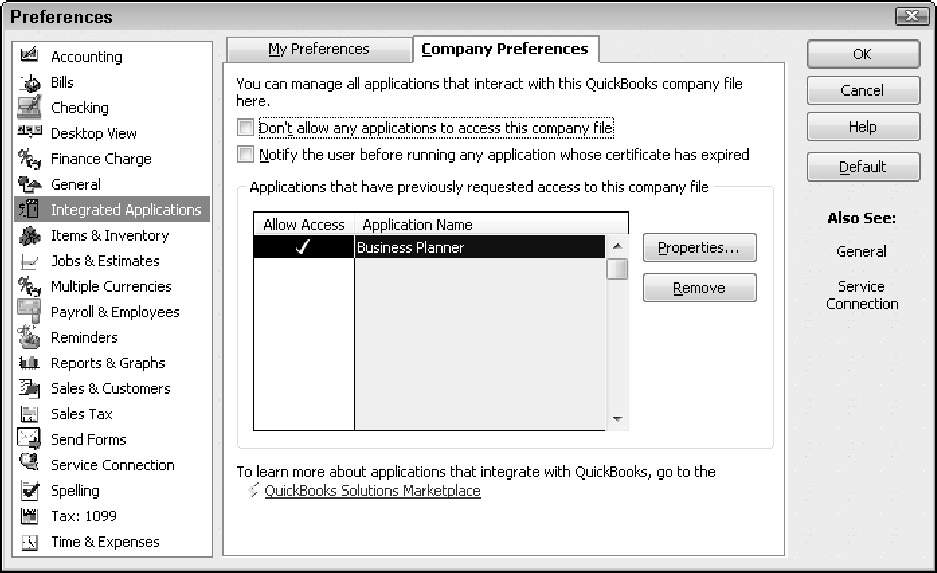Figure 1shows the My Preferences tab of the Desktop View Preferences set. The My Preferences tab provides View radio buttons — One Window and Multiple Windows — that let you indicate whether QuickBooks should use one window or multiple windows for displaying all its information. The Multiple Windows option looks like older versions of Microsoft Windows.
With multiple windows, an application such as QuickBooks displays multiple, floating document windows within the application program window. If you have a question about how this works, your best bet is to simply try both view settings.
The Desktop radio buttons (see Figure 1) let you specify whether and when QuickBooks should save the current appearance, or view, of the desktop. You can select the Save When Closing Company radio button to tell QuickBooks that it should save the view of the desktop when you close a company. When you reopen a company, QuickBooks then reuses this desktop view. You can also select the Save Current Desktop radio button to tell QuickBooks to save the current view and then reuse this view when QuickBooks later opens. If you don't want to make changes to the default desktop view, select the Don't Save the Desktop radio button.
The Desktop check boxes let you specify whether QuickBooks should display the QuickBooks home page, the Coach window and related features, and the Live Community window. If you select a check box, QuickBooks adds the appropriate element — such as the QuickBooks home page.
The Color Scheme drop-down list lets you pick a color set for the QuickBooks program. The default color scheme is the Checkbook: Sea Green scheme. QuickBooks provides several other color schemes, including Denim Blues, Desert Isle, Grappa Granite, and so on. (If you're wild about color, you can experiment with these other options.) Note that these are My Preferences options, which means that they're personal to you. You can experiment with the settings for color without having anyone else see that you're really into Sea Stone or Summer Linen (two other color options).
The Windows Settings buttons let you access the Windows Display Properties and Windows Sounds Properties settings. Typically, you would make changes to Windows Display Properties and Windows Sounds Properties by using the Control Panel tools. However, you can also make changes from within QuickBooks by using these two buttons. (In actuality, when you click these buttons, QuickBooks just starts the Control Panel tools.)
If you have questions about how the Windows Display Properties or Sounds Properties work, refer to the Windows Help file or to a good book, such as Windows XP For Dummies or Windows Vista For Dummies, by Andy Rathbone (Wiley Publishing, Inc.).
The Company Preferences available for the Desktop view let you specify what icons appear on the QuickBooks home page, as shown in Figure 2. The Customers set of check boxes, for example, lets you specify which customer-related accounting tasks are available via icons on the home page. The Vendors set of check boxes lets you specify, in similar fashion, which vendor-related accounting tasks are available via icons on the home page. Near the button of the Company Preferences tab for the Desktop view are other hyperlinks you can click to turn on and off the display of other accounting task icons.









